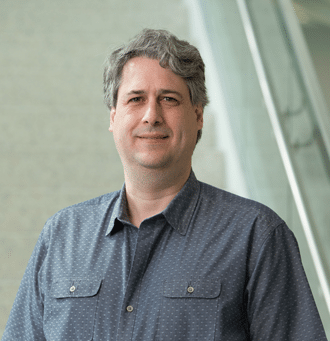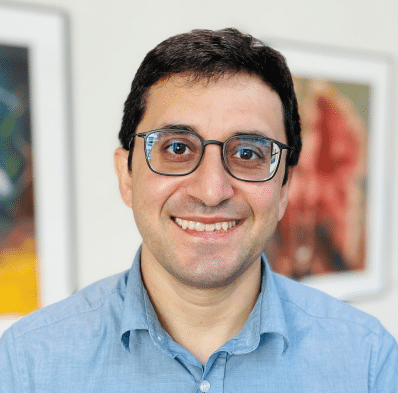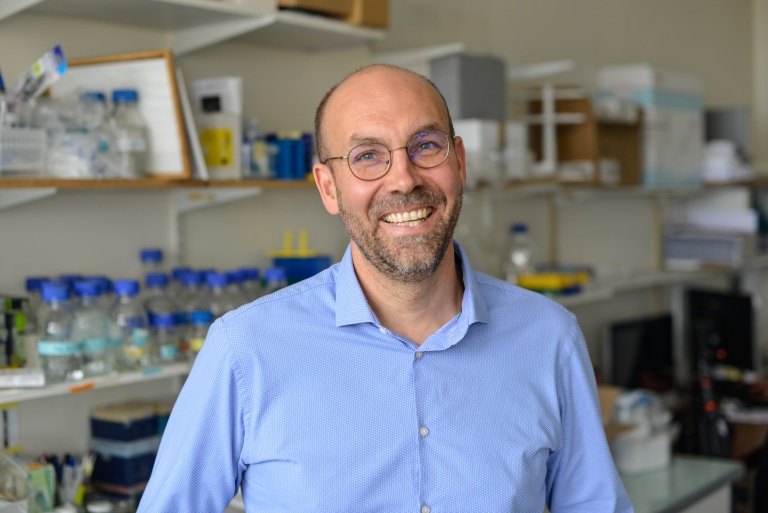


Stephanie Moon, PhD

The Moon Lab studies how genetic causes of ALS such as VCP mutations interfere with the stress response in neurons. In this proposal, we seek to determine how RNA structures called stress granules are assembled and disassembled in wild-type and…









